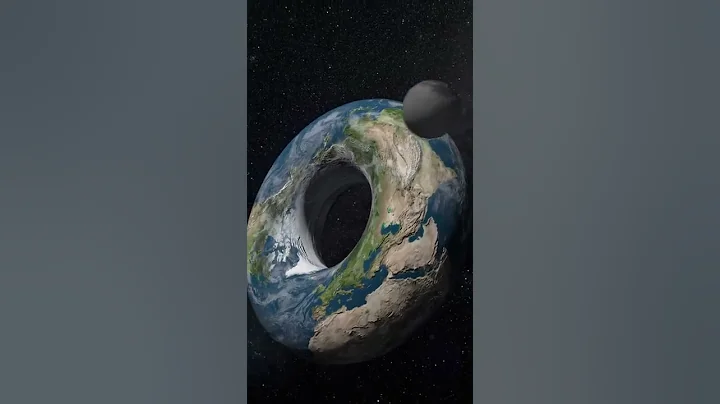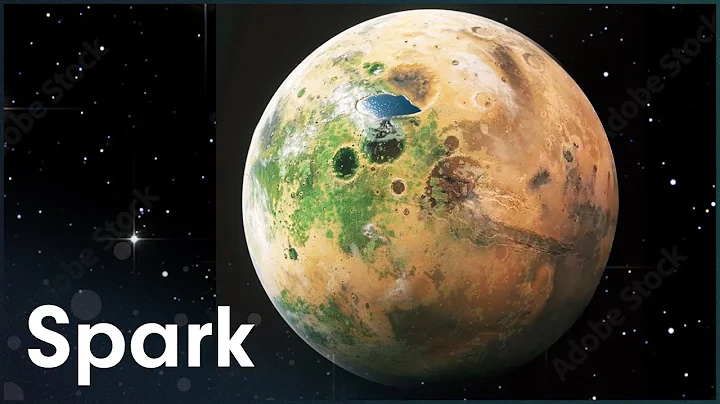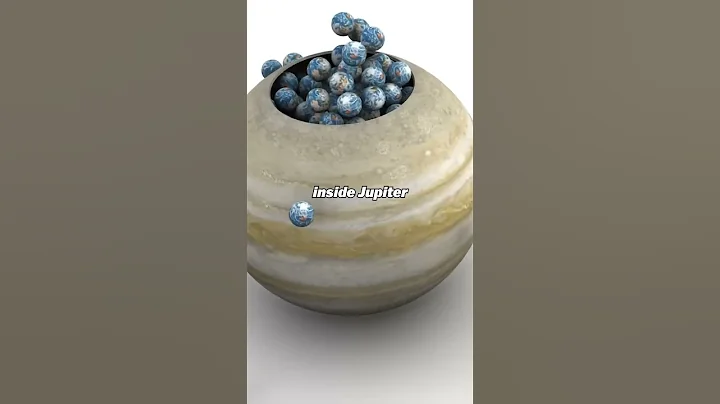If massive planets are reasonably far away from their stars, they can retain atmospheres and water for long periods of time. If they were driven out of their mother lineage, it would last longer than the existence of the universe.

Conditions on Earth became suitable for life billions of years ago, and billions of years later they will become uninhabitable again. However, some exoplanets , giant super-Earths, are theoretically capable of sustaining life for much longer, sometimes more than 80 billion years. This conclusion is reached by the authors of a new article published in the journal Nature Astronomy.
Super-Earths are known as large exoplanets, with solid surfaces weighing up to 10 Earth masses - many times larger than ours, but smaller than smaller gas planets such as Neptune. There are no super-Earths in the solar system - perhaps Jupiter prevented the emergence of such a planet and "swallowed" its embryo. However, telescopes are detecting quite a few super-Earths around other stars in the Milky Way. Mol Lous of the University of Zurich (Switzerland) and her colleagues considered a subclass of "cold super-Earths", which spin at considerable distances from their stars and maintain moderate temperatures.
Calculations show that these cool worlds could house a dominant atmosphere (composed mainly of hydrogen and helium) for billions of years, with a density 100-1000 times that of Earth. Beneath this dense shell, liquid water could exist on the surface, and new simulations suggest it could persist for a long time, long enough for life to emerge and develop.
It’s worth noting that searches for exoplanets are often based on changes in a star’s brightness or exact position, caused by the rotation of nearby planets. As a result, most super-Earths discovered by telescopes orbit fairly close together, and the new study was conducted theoretically — without observations, only mathematical models. Swiss astronomers have performed thousands of simulations of the evolution of super-Earths with different masses, atmospheres and orbits around solar-type stars.
This work shows that orbits that are too close can lead to gradual erosion and loss of the atmosphere, influenced by streams of stellar wind particles. However, at sufficient distances—larger than the orbit of Mars in the solar system—a hydrogen-helium atmosphere not only persists for long periods of time, but also heats the Earth due to the greenhouse effect. Scientists estimate that a super-Earth could remain in this state for five to eight billion years, until its parent star nears the end of its life and begins to transform into a red giant.
However, more exotic options are also possible. A random game of gravity could toss a super-Earth away from its parent system and send it flying free as an " orphan planet " unrelated to any star. Calculations show that with enough mass (10 Earths) and a dense enough atmosphere, such a lone super-Earth could potentially remain habitable for an incredible 84 billion years. This period far exceeds the age of our universe and the entire existence of stars.
Life on a free-flying super-Earth must be very different from ours. If it developed on such a planet, it would have adapted to its environment, which is completely different from that on Earth, with no light and huge atmospheric pressure. However, on our planet, almost isolated ecosystems are known to exist under similar conditions - for example, in the "black smokers" on the seafloor. The main energy source of local organisms is not photosynthesis , but chemical synthesis, and they do not require light.





















